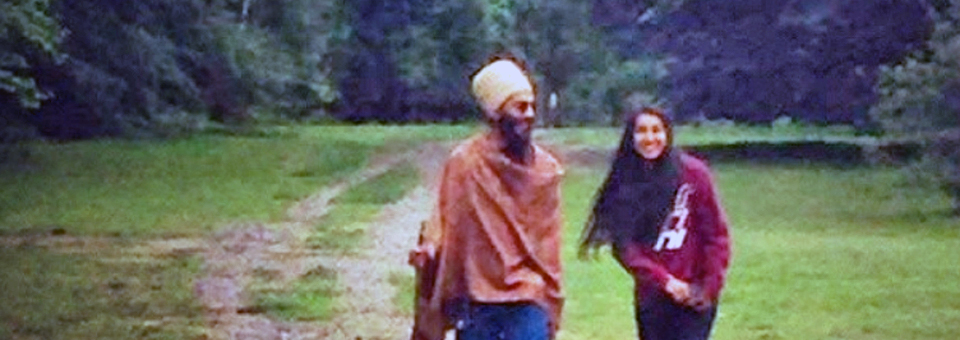A lifetime has passed since India was brought to life. This week as it celebrates its Republic Day, the Prime Minister Narendra Modi will speak at the influential World Economic Forum at Davos, adding to the global perception of the risen power that is India. A State visit earlier this month by the Israeli Prime Minister Benjamin Netanyahu similarly cemented this sentiment – that India has come of age, provoked by the growing intimacy of the relationship between the two nations. It is in this context that Sikhs, minorities, and the downtrodden in India now contemplate the State, both in the subcontinent and from distant shores. The sanctioned violence, oppression and induced labour has been legitimised by a 21st century world where those outside of power sit bereft of the limitless resources required to fight back.
Last year at this time I wrote a piece about the Indian Constitution and how it was neither endorsed nor signed by Sikh representatives in the initial assembly. This historic protest goes unacknowledged by Sikhs at their peril, for despite what has happened in the decades since, it is this earliest rejection of what was being created from which we gain the best understanding of why India has not been acceptable to the Sikh nation. The World’s so-called ‘biggest democracy’ is an illusion of great magnitude, conjured through ink and paper for the international stage, whilst entrenching a social hierarchy between the haves and have-nots on the ground. Any Sikhs amalgamated into this theatrical performance find, like the hundreds of millions of have-nots, that they are bit-part players acting under the direction of the State.
It is for this reason that the conversation, both online and offline, about Sikh statehood keeps us mired in ambiguity. Rather than contemplate our future from an innate point, we roll the dice during a game already in motion, where the rules were set by the existing players, and the house always wins. The creation of the Indian state is not a permanent installation; we can think outside of the borders that mark the Earth today now and in the future. That Sikhs should understand this basic premise is enshrined in the life and words of Guru Nanak who fought the State just as he fought the malaise of our minds. That the House of Guru Nanak went on to establish a State within a State, replete with the institutions that went on to bring freedom to the Punjab, is as relevant today as it was a century ago. Whether Mughal, Afghani, British or Indian, it has been impracticable for Sikhs to exist – not thrive or flourish, but to exist at all – under rule epitomised by disparity and inequality.
The State of India has become the new normal. The history of the subcontinent is being rewritten every day; not reinterpreted, but erased and published anew, so that the empire being built can stand on deep-rooted foundations. Shaky ground though it may be, it would seem that the Indian State is successfully establishing itself for the decades to come. However, ultimately like all Earthly facades it will one day disintegrate. The Sikh struggle is one that transcends such Worldly entities. The baseline from which we survey the horizon and consider what could or should exist comes only from the Guru, without care for the immensity of the task that lies ahead, for that is our normal. And in these times, we would do well to remember that.





